“S” – The Super Sound
 I actually get excited about working on the “s” sound with children! It’s really a “super sound” that when corrected can dramatically improve a child’s speech. So, if you have clients that are stopping, deleting, lisping, or otherwise distorting /s/, get excited about the difference you can make!
I actually get excited about working on the “s” sound with children! It’s really a “super sound” that when corrected can dramatically improve a child’s speech. So, if you have clients that are stopping, deleting, lisping, or otherwise distorting /s/, get excited about the difference you can make!
Why is /s/ such a super sound?
It is powerful! The “s” sound can completely change the meaning of a word or message. For example…
- If a child is “stopping” the “s” sound (usually substituting /t/ for /s/), the word “sold” becomes “told”. The sentence, “He sold it to her” would become “He told it to her,” which is completely different.
- If a child is leaving off the “s” at the ends of words, many important grammatical markers are lost, such as plural “s”, possessive “s”, as well as the “s” that indicates present tense verbs (e.g., The boy walks.). You can help his expressive language skills while working on articulation.
It occurs often! The “s” sound is one of the most frequently used sounds, which means correcting it can dramatically increase the intelligibility of a child’s speech.
What can I do to work on the “s” sound?
- Determine the problem. Although the basic steps are the same, your course of action will vary depending on if the client is stopping, deleting, lisping, or otherwise distorting /s/.
- Consider the client’s age. This may be obvious, but your course of therapy and activities will not be the same for a five year old as it is for a high school senior.
- Follow the basic steps. Figure out which step your client is currently having trouble with and start there. When he is successful, move to the next step.
- Obtain airflow.
- Establish auditory discrimination.
- Get correct production of /s/ in isolation.
- Move through the hierarchy of production levels (syllables, words, phrases/sentences, reading activities, and conversational speech) with the sound in each position. Note: I prefer to start with /s/ in the final position, move to the initial position, and then tackle medial /s/.
As many of you know, it takes time and practice for a child to move through these levels. Make it fun, stick with it, and track your progress.
You’ll be amazed at the difference one sound can make!
Leave a Reply
You must be logged in to post a comment.

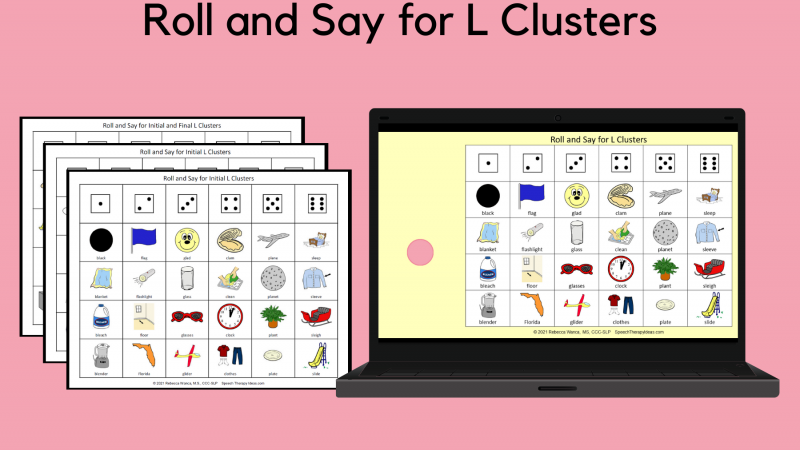
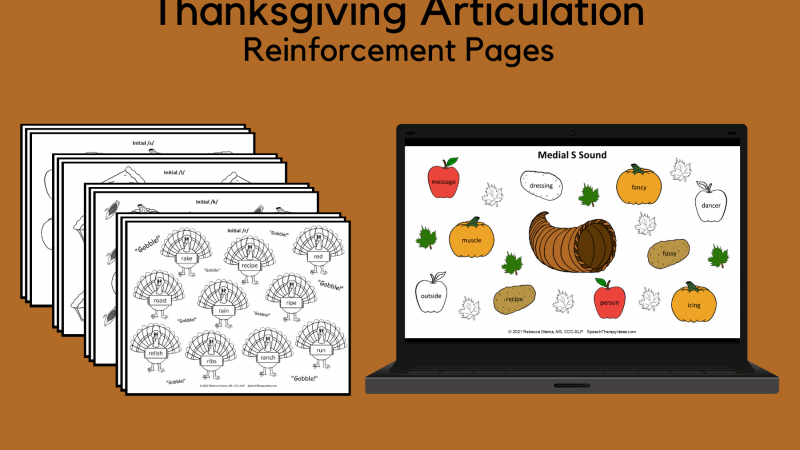
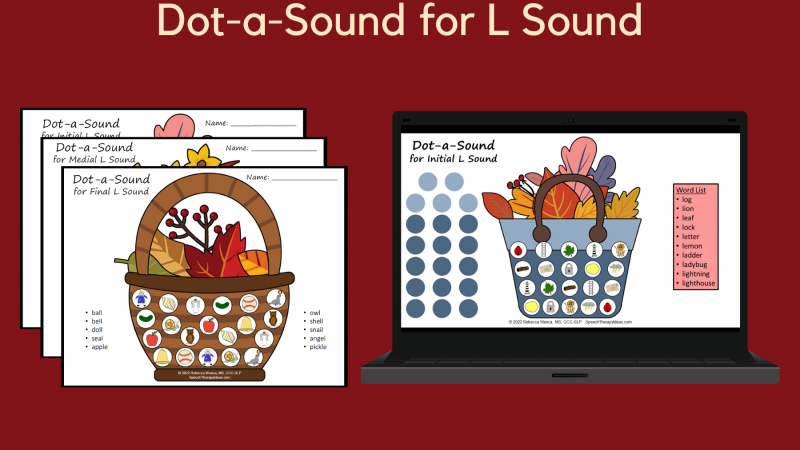

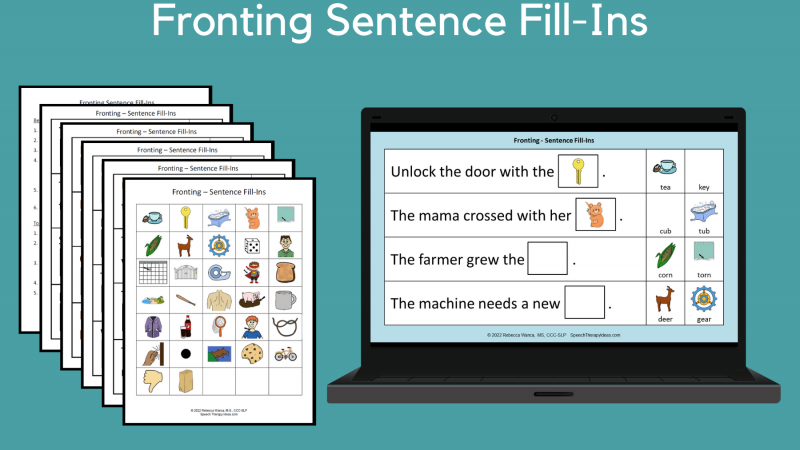
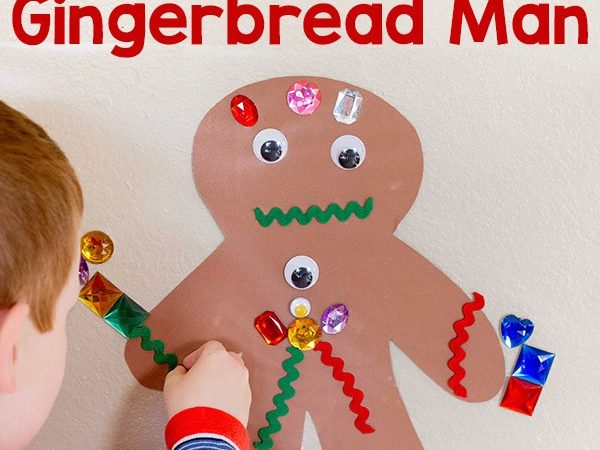
I have a second grade student that has a lateral lisp. We have tried shaping the sound from a repeating /t/, but that hasn’t worked. I have also worked on using a straw to direct the airflow to the center, but the frustrating thing is that the majority of the airflow is already coming through the center. Other students, with lateral lisps, seemed to pick it up through one of these techniques. Do you have any suggestions?
thank you